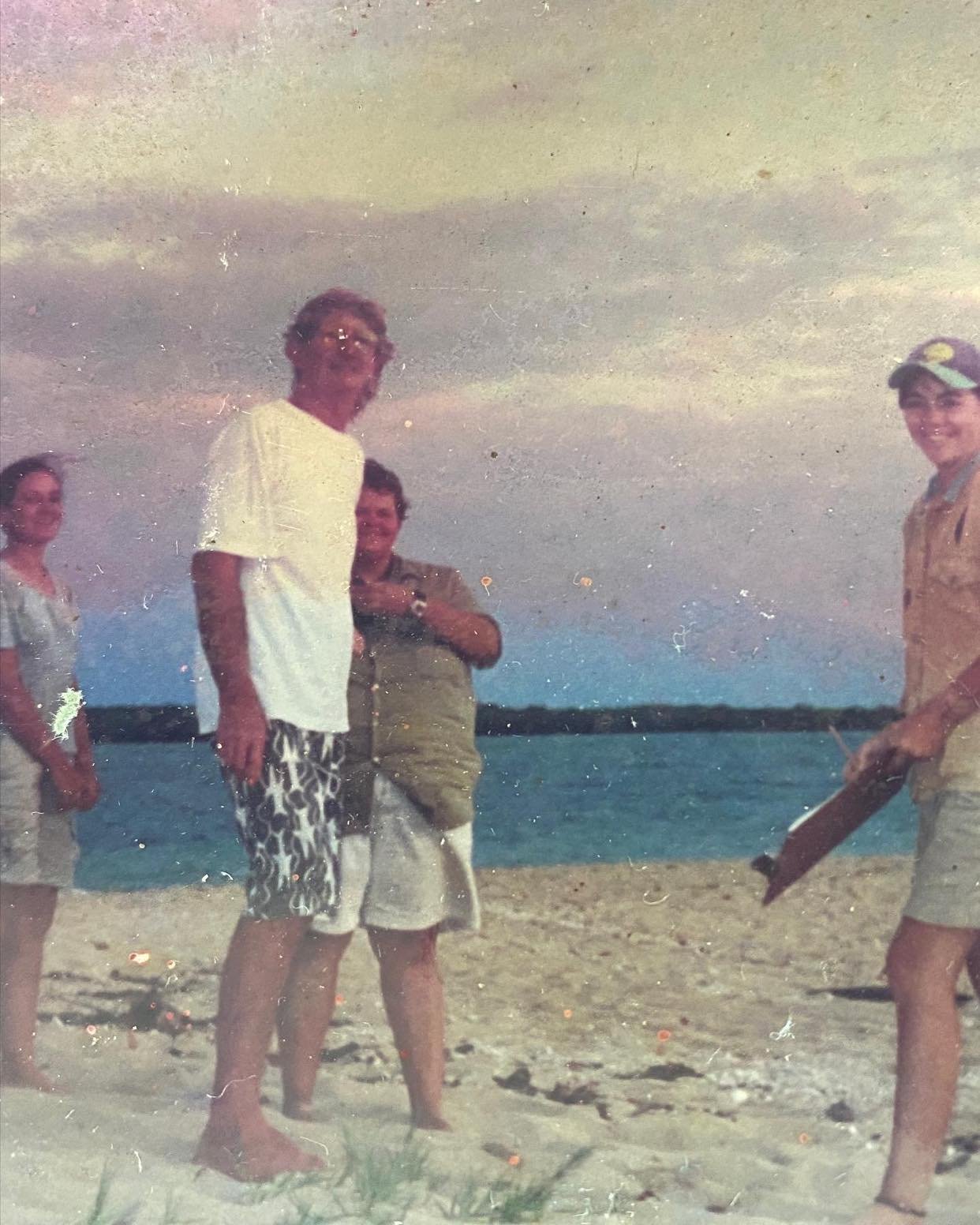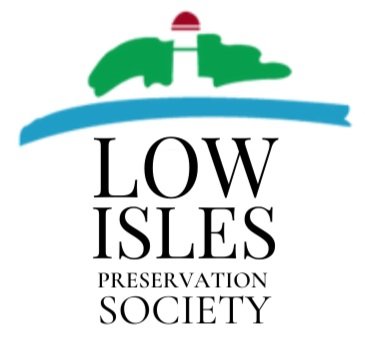A peek at the experience of volunteering on Low Isles.
With deep appreciation to our volunteers for taking the time and effort to compile this video.





TERRAIN NRM FEATURE / 24 FEBRUARY 2021
When Karri and Mark Colbridge spotted a rarely seen mimic octopus, it was a highlight of already hugely fulfilling volunteer roles with the Low Isles Preservation Society.
The pair was in shallow waters off Low Island and the tiny octopus was only the second to be documented in Australian waters. That was eight years ago, and it is also the last to have been officially recorded.
“It was a very low tide – we knew what a mimic looked like so we ran to get a camera,’’ Mark recalls. “We watched until it scuttled over a bit of reef, jumped down a hole and disappeared. It was a lucky find for us.”
The society’s vice-president sees time on the Low Isles very much as a privilege.
Preservation Society members fill in as caretakers and help in day-to-day management of Low and Woody Island and their inner reef – the site of the first detailed scientific study of a coral reef anywhere in the world.
In the 1920s more than 20 natural scientists spent a year studying the life processes of coral and reef formation on the Low Isles. The expedition created a set of baseline data – in six large volumes published by the British Natural History Museum – which is still used today in studies of the Great Barrier Reef.
The Isles are also one of the last major strongholds for Torres Strait pigeons nesting on the Great Barrier Reef, and they are one of three GBR locations where these migratory birds are counted on a regular basis.
“Woody Island is closed to the public between September and March, when the pigeons are there,’’ Dr Colbridge said. “We help to protect these islands, their historical significance and the sea and bird life as much as possible.
“At the moment there is no paid caretaker, so we are the fill-in caretakers for a period. Over the years there has been weather reporting, general maintenance, beach clean-ups at Woody Island and public contact with people who visit the isles. Volunteers also help with the Torres Strait pigeon counting surveys.”
The society was formed in 1992 because of the isles’ closeness to a well-populated coastline, increasing visitor numbers and the automation of their lighthouse, leaving the destination without a live-in lightkeeper-caretaker. Members lobbied and secured a $1.5 million grant to establish a caretaker position and an indigenous ranger program through the Great Barrier Reef Marine Park Authority and the Queensland Parks and Wildlife Service.
The Low Isles are now “carbon neutral”. “We watched water quality reduce in the lagoon area through coastal activities and an increase of tourists. Numbers are now strictly regulated, generators were decommissioned and solar panels installed.”
Dr Colbridge says the isles and their sheltered lagoon are a feeding ground for a large population of turtles. And the combination of coral cay and mangrove island is unique to the Great Barrier Reef.
“Over the years, our volunteers have had experiences watching wildlife, seeing things like coral bleaching incidents and hard coral recovery and also experiencing living in a low-energy climate,” he says.
ABOUT THE MIMIC OCTOPUS
A master impersonator – it can change its colouring to disguise itself but more unusually, it can contort its body to take on the appearance and behavior of not just one but several other animals including the lionfish, jellyfish, sea snake, a shrimp and a crab. And it can rapidly switch between these animals to protect itself from predators.
Found in shallow water of the Indo-Pacific. This species was first discovered in 1998 off the coast of Sulawesi, Indonesia. Most sightings have come from Indonesia. There have only been two official sightings on the Great Barrier Reef.
Terrain NRM is a community-based membership organisation. Low Isles Preservation Society is one of 80+ members in a network of partners involved in natural resource management in the Wet Tropics.


